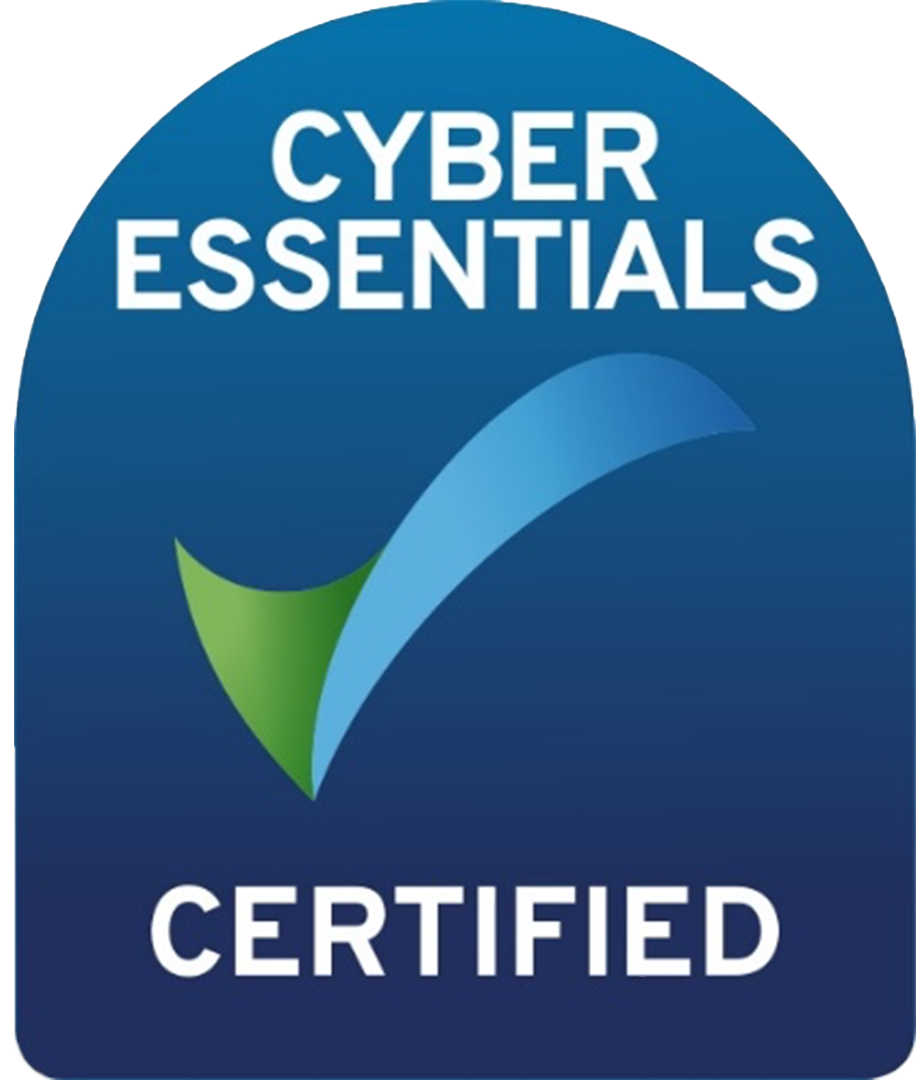Effective Employee Onboarding – Preparation and Processes to keep in Mind.
Julia Yen • August 21, 2023
The initial stage of employee engagement and company retention strategy involves establishing a flexible process that considers the unique requirements of each new employee. This process should be designed to harmonize their individual needs with the company's objectives. This initial investment can result in enhanced productivity, increased engagement, and sustained mutual success for both the employee and the company.
Let’s have a look below -
Take the time to PLAN:
- Block out a time to develop a comprehensive onboarding plan tailored and customized to the specific individual rather than applying the exact, identical to the new processes, timelines, and responsibilities.
- Assigning a dedicated onboarding mentor or buddy to guide the new employee after completing the primary induction/onboarding is a good idea.
- The necessary infrastructure and tools should be set up and available from day one to avoid the new employees scrambling around by themselves for answers.
- Depending on the size of the business and the team, it is crucial to set up a meeting between the key divisions in advance and work from there for them to integrate from there.
Infrastructure and Tools Preparation:
- Set up the new employee's workspace, equipment, and necessary tools before arrival – anything from welcome pack, morning tea (ensuring the team is present), email accounts, uniform, etc.
- Any additional paperwork to go through or sign.
Welcome, and Introduction:
- Greet the new employee warmly on their first day and introduce them to the team and critical colleagues – a reminder to let your team know in advance so they are well prepared to greet the new employee without hesitation.
- Provide an overview of the company's mission, values, and culture, focusing on structure, key stakeholders, and departments.
- Conduct a thorough orientation session covering company policies, procedures, and expectations.
Training and Clarity:
- Offer job-specific training, hands-on and through resources like manuals or online courses.
- Provide access to relevant training materials and resources.
- Define the new employee's roles, responsibilities, and performance goals.
Follow-up and Communication:
- Encourage open lines of communication and ensure the new employee knows who to contact for questions or assistance.
- Extend the onboarding process beyond the initial weeks to ensure the employee's continued integration.
- Schedule regular check-ins to address concerns and provide feedback as continuous improvement – MONITOR, ADDRESS, and PROVIDE.
Things to keep in Mind:
- Consider immersing them in the company's culture through team-building activities, meetings, and social events.
- Provide access to resources that aid in professional development, such as workshops, webinars, or mentorship programs.
Establishing a well-structured plan ensures a smooth and enriching onboarding journey, ultimately boosting engagement, productivity, and fostering enduring success for both employees and the company.
Find the job you love I Find the right talent
Get in touch with people2people
Australia
I United Kingdom
In business since 2002 in Australia, NZ, and the United Kingdom, people2people is an award-winning recruitment agency with people at our heart. With over 12 offices, we specialise in accounting and finance, business support, education, executive, government, HR, legal, marketing and digital, property, sales, supply chain, and technology sectors. As the proud recipients of the 2024 Outstanding Large Agency and Excellence in Candidate Care Awards, we are dedicated to helping businesses achieve success through a people-first approach.
Recent articles









